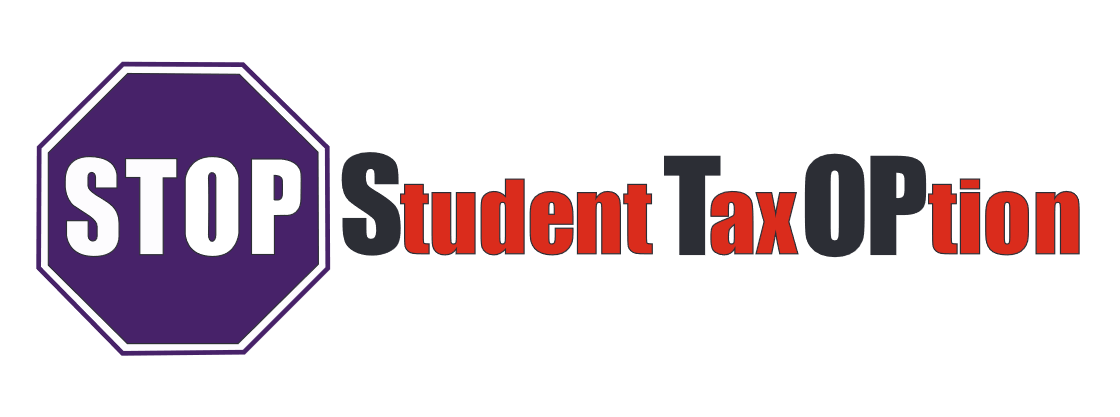Student loan debt can be debilitating, keeping you from reaching your goals and succeeding at the level you want. When it comes to paying off your loans, you can follow the trap that most students fall into, following the standard repayment option and literally giving much of the next ten years’ income over to the debt.
Public Service Loan Forgiveness is another option, where you spend ten years working in public service in order to hopefully pay off your loan. The PSLF program can be a great option, but it’s definitely not for everyone, as only a small number of those who apply are approved.
There are, then, income-driven repayment plans such as ICR (Income-Contingent Repayment), IBR (Income-Based Repayment), PAYE (Pay As You Earn), and RePAYE (Revised Pay As You Earn). These plans allow borrowers to pay a certain percentage of their discretionary income over a period of 20-25 years, and then the rest of your loan balance is forgiven. These income-driven plans allow borrowers to have a lower payment than with other repayment options.
However, with income-driven repayment plans, you must pay income tax on the amount of debt that is forgiven at the end of your repayment plan. There is no telling what you will have to end up paying in income tax for your forgiven debt, yet there remains the very real possibility that the year of forgiveness could end up posing a great deal of financial trouble for you.
Your owed taxes will depend on the amount that you made that year and your current tax rate. That, along with the amount of your debt that is forgiven, could lead to you owing high taxes. In fact, you could end up paying a lot more in taxes than you would have imagined.
Examples of high taxes are given by the Institute for College Access and Success, who report that for a married small business owner with two children and $50,000 in student debt, an additional $13,050 in income tax may need to be paid, while a divorced social worker with two children who has $55,000 in debt may end up paying up to $19,000.
Many people find this option to be ideal, however they are ignorant of the potential consequence that awaits them in the future. The inflated tax bills can cause many responsible individuals to have to pull from savings or investments in order to get them paid.
While the payments are stretched out over many years, causing monthly payments to be smaller, that is merely postponing the inevitable. Especially considering the fact that those with lower payments have lower incomes, which means they are likely unable to set aside savings or invest. Thus, when the forgiveness of their loan comes, they will not have the means to pay their tax bill.
There have been a number of studies which show that those who utilize income-driven repayment plans end up paying a significant amount more. The seemingly cheaper option of lower payments over a longer period of time adds on thousands of dollars in interest, as well as the large chunk of federal income tax when the loan is forgiven.
Assistance for the large tax bill
With taxes, insolvency describes conditions where one’s liabilities exceed their assets. This situation has the potential to help those who have high student loan debt and are concerned with their ability to pay a possibly high income tax.
In order to claim insolvency, you will need to prove that at the time when the student loan is forgiven, you are insolvent. By doing so, you may actually be able to avoid the student loan income tax bomb.
This will involve a comparison between your assets and your liabilities to show that the liabilities, including your student loan debt, exceed your assets. For instance, if all of your assets equal $50,000, while your liabilities total $125,000, you have an insolvency number of $75,000. If your student loan debt is less than your insolvency number, you will be considered completely insolvent.
If you are not completely insolvent but still have few assets with high debt, you may be eligible for partial insolvency. With partial insolvency, your income tax will only be on the amount of your debt that exceeds the assets, decreasing what you will owe.
It’s important to realize that there is no telling what your financial situation will be when the up to 25 years of your income-driven repayment plan are up. In fact, you could be highly successful financially, and the thought of a high tax bill may not phase you at all. It’s just not possible to know what the future holds and what your ability to pay your tax bill will be.
Whether you will easily be able to pay the income tax on your student loan debt, or you will be totally insolvent, or, as some politicians are working towards, student loan debt will be entirely forgiven, there is just no telling.
With the future unknown, it’s not possible to plan accurately and there is risk involved in any decision that you will make. However, it is just as likely that you will benefit or not be negatively impacted by the end of an income-driven repayment plan, as it is that you will experience difficulty in paying the income tax.
Due to the equal risk, it could be a great idea to opt for an income-driven repayment plan. The much lower monthly payments will afford you years of more financial stability and less intrusion into your life.
At a younger age, when you are beginning a career and learning how to manage your finances, it is imperative that you have less financial responsibility. As you age, you will gain wisdom in financial matters that will enable you to deal with and weather the storms that come your way, including the possibility of the student loan income tax bomb.

